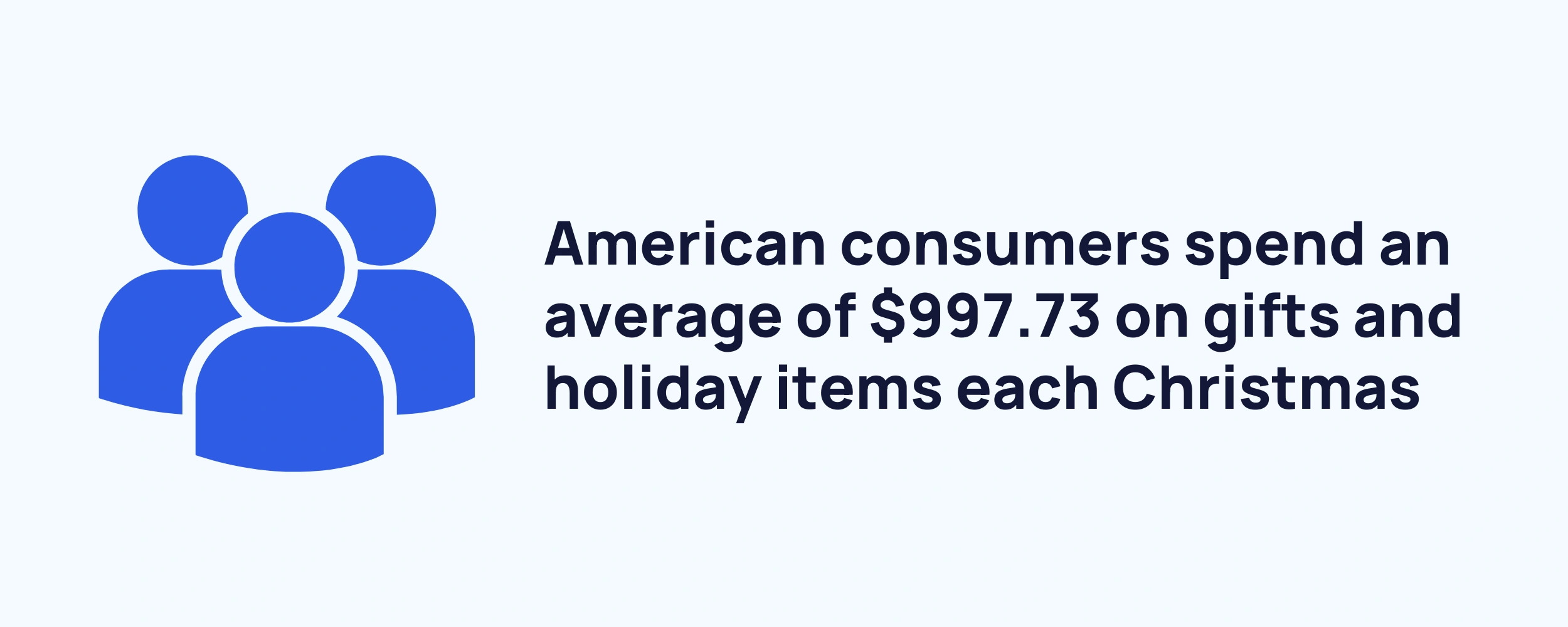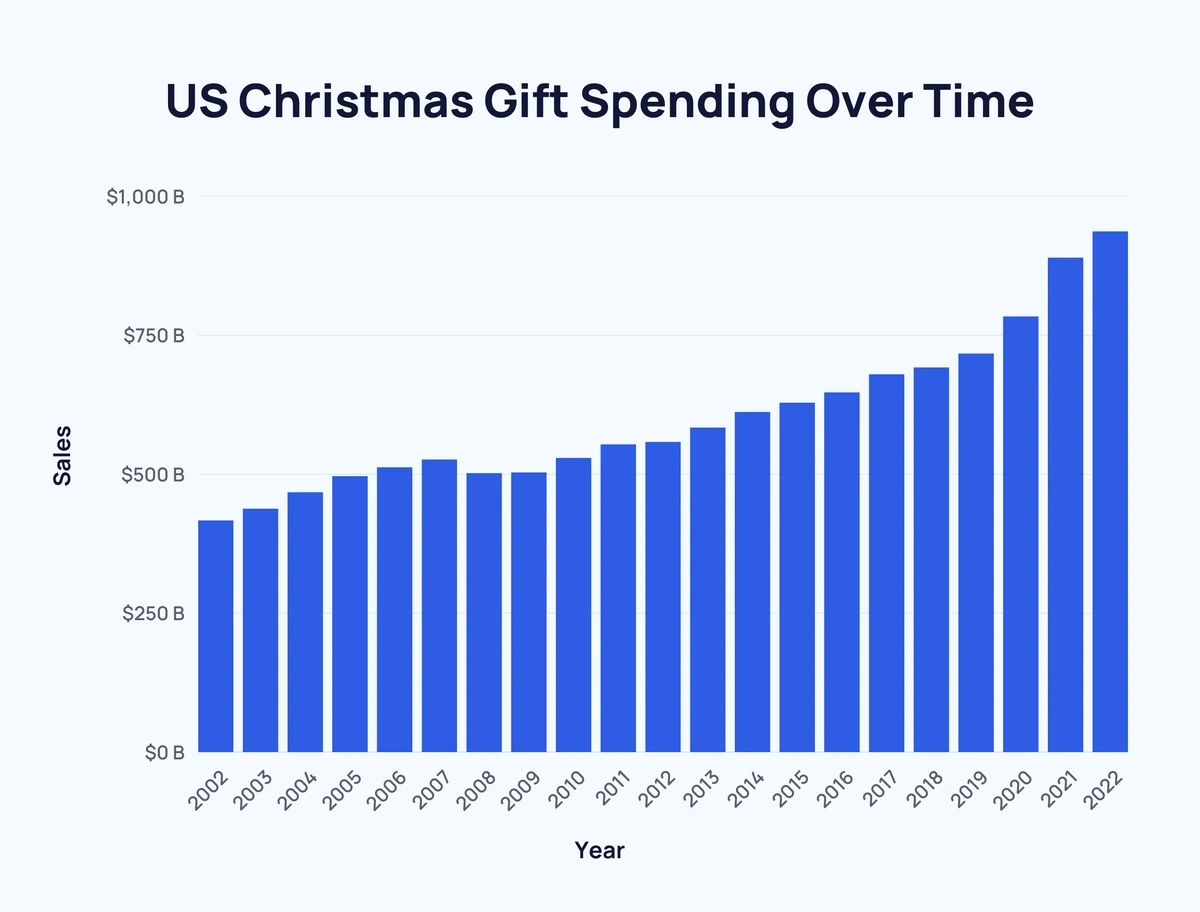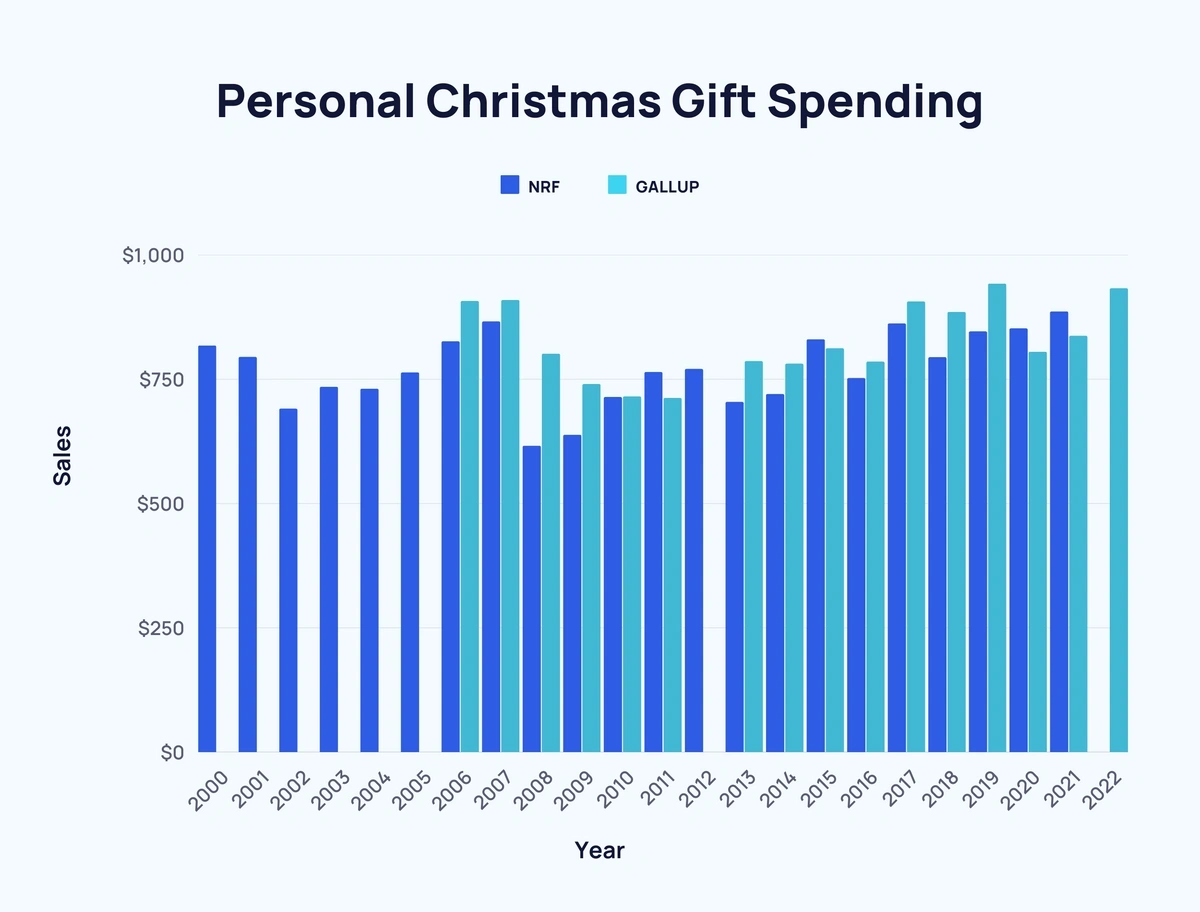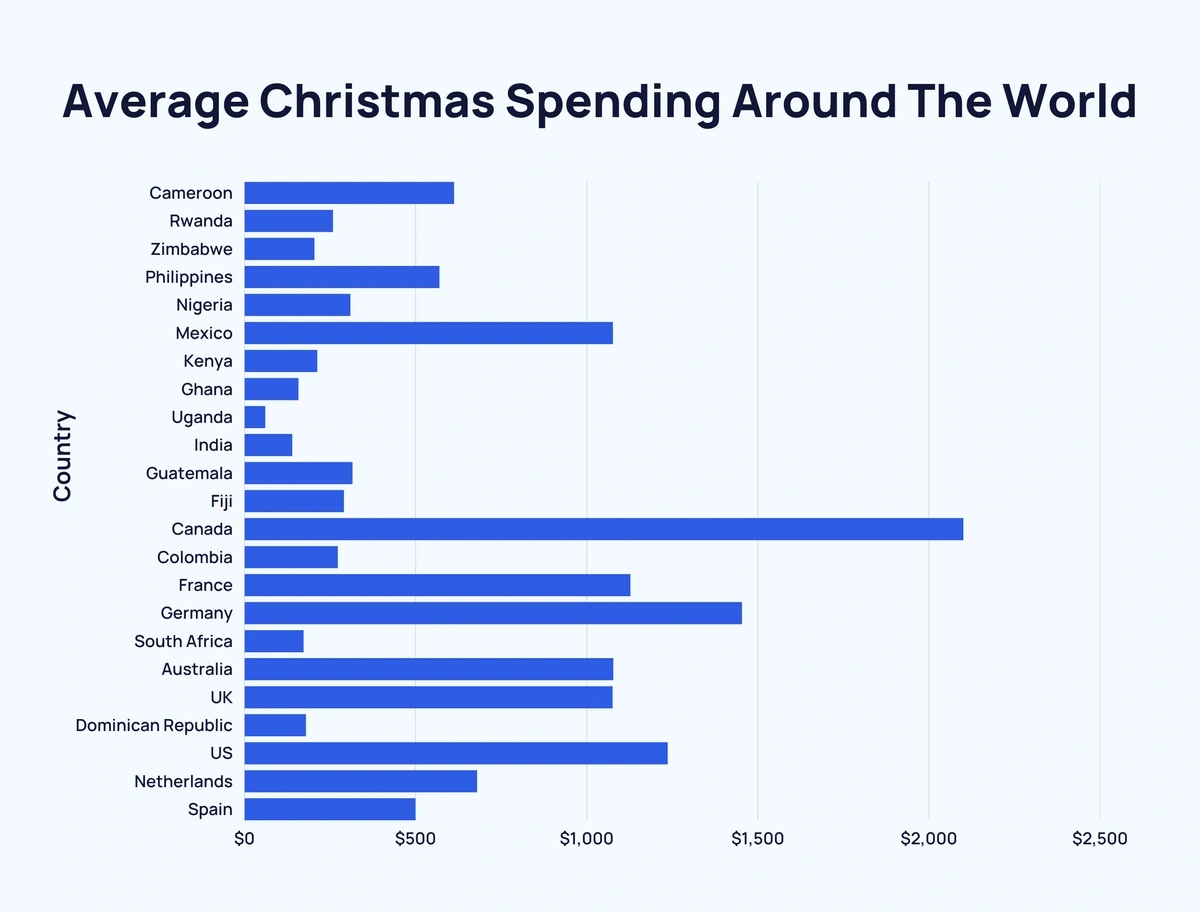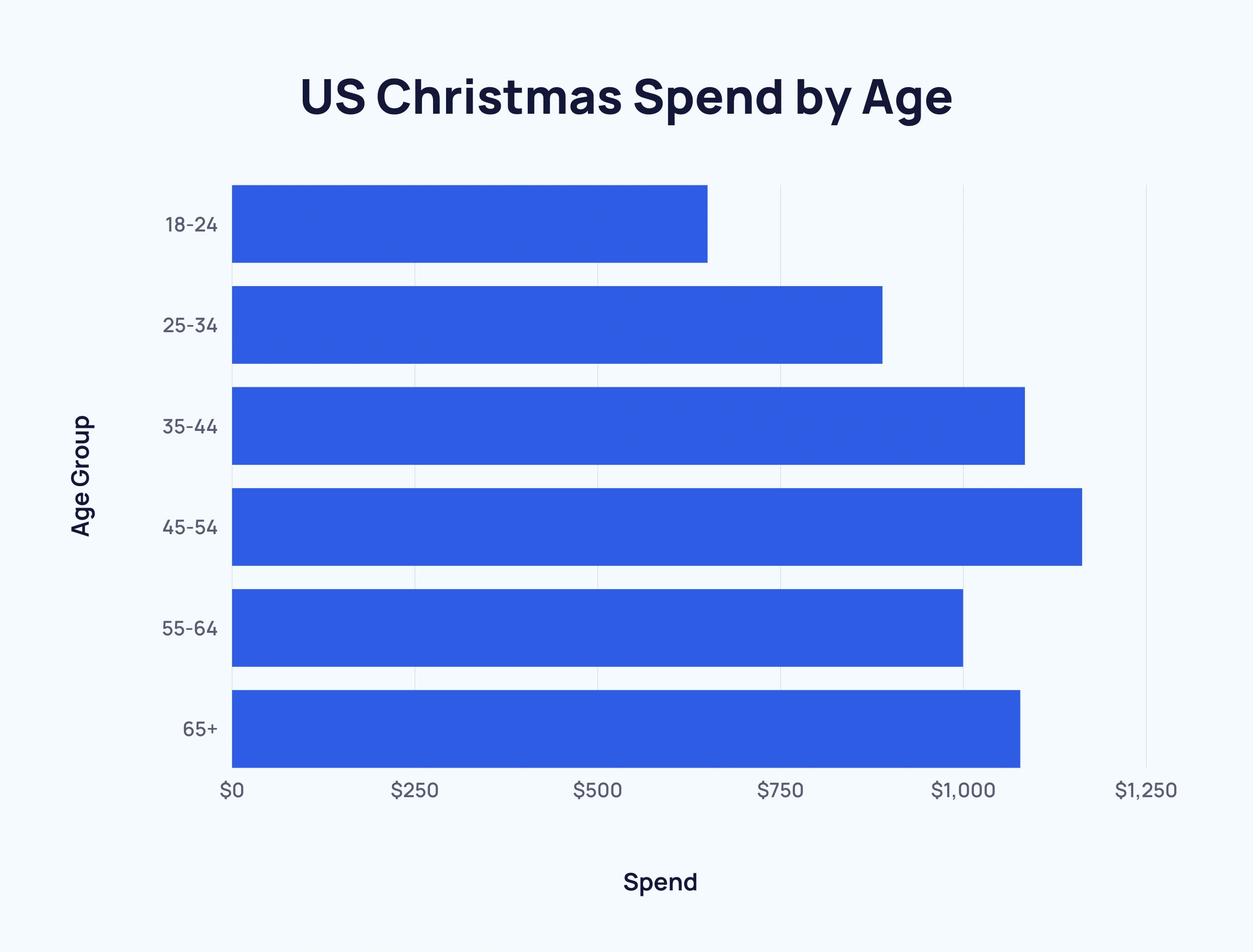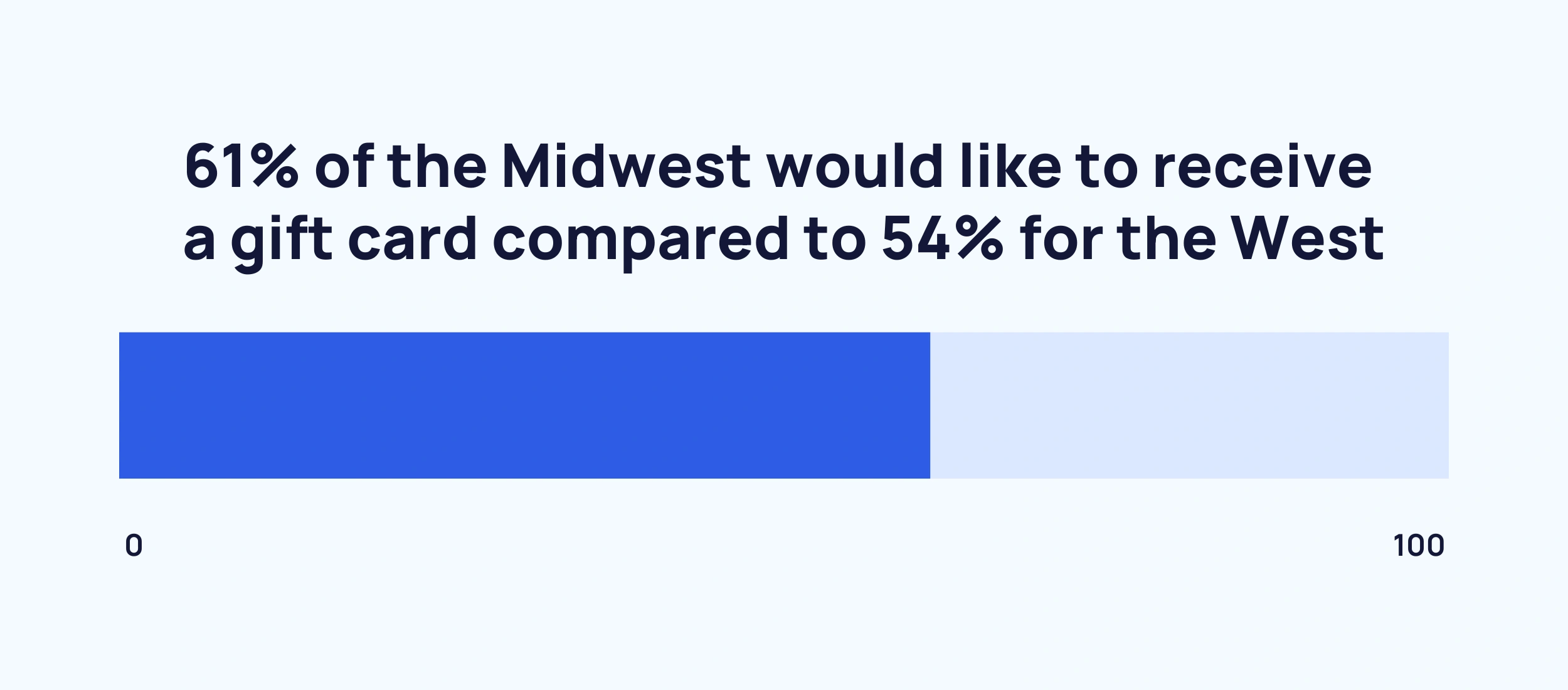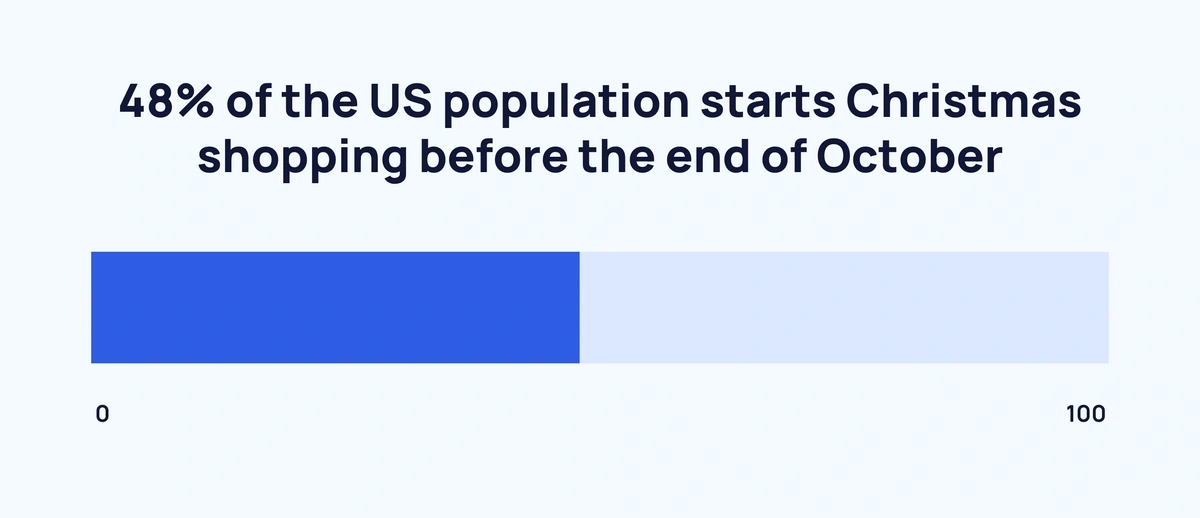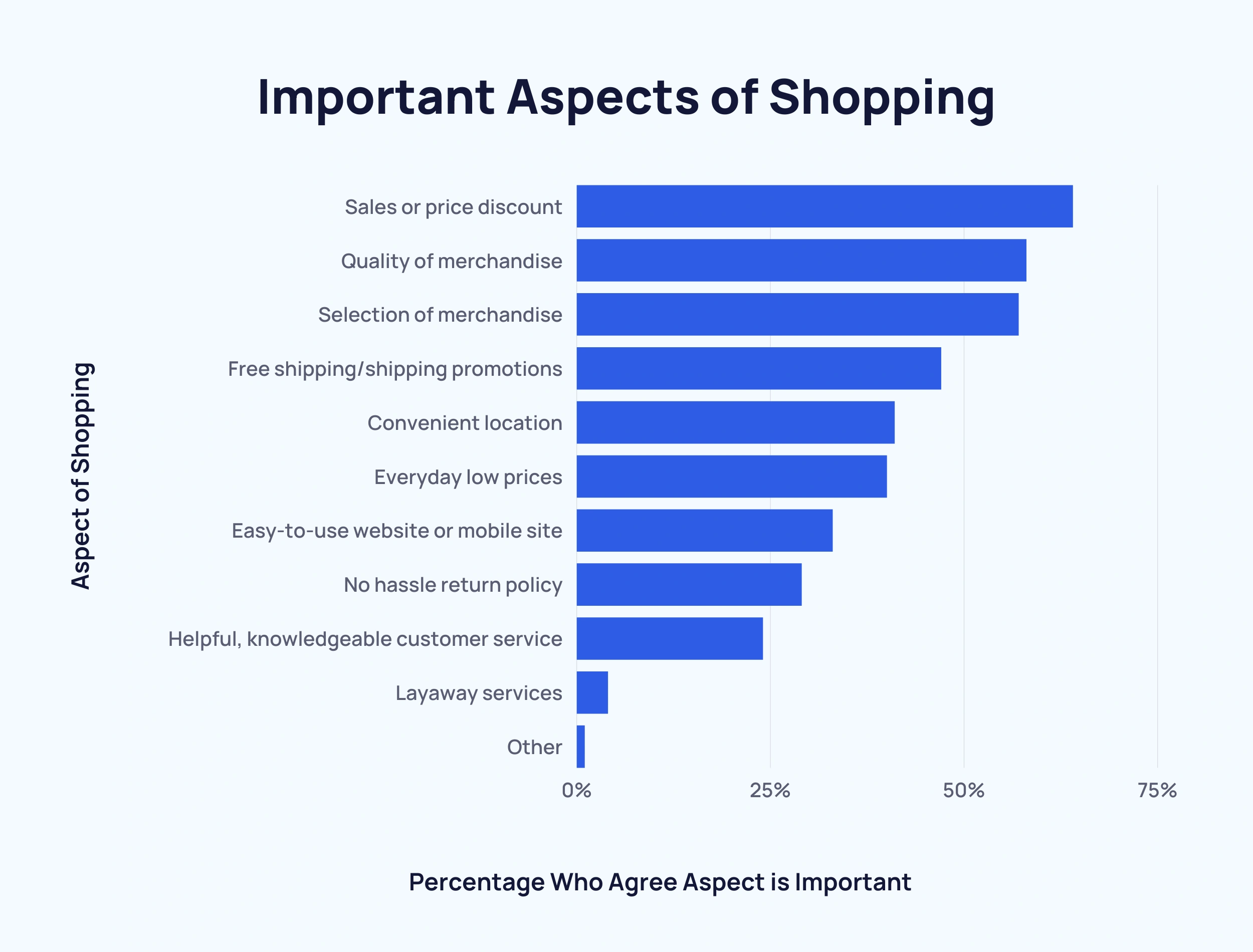- Abuse & The Abuser
- Achievement
- Activity, Fitness & Sport
- Aging & Maturity
- Altruism & Kindness
- Atrocities, Racism & Inequality
- Challenges & Pitfalls
- Choices & Decisions
- Communication Skills
- Crime & Punishment
- Dangerous Situations
- Dealing with Addictions
- Debatable Issues & Moral Questions
- Determination & Achievement
- Diet & Nutrition
- Employment & Career
- Ethical dilemmas
- Experience & Adventure
- Faith, Something to Believe in
- Fears & Phobias
- Friends & Acquaintances
- Habits. Good & Bad
- Honour & Respect
- Human Nature
- Image & Uniqueness
- Immediate Family Relations
- Influence & Negotiation
- Interdependence & Independence
- Life's Big Questions
- Love, Dating & Marriage
- Manners & Etiquette
- Money & Finances
- Moods & Emotions
- Other Beneficial Approaches
- Other Relationships
- Overall health
- Passions & Strengths
- Peace & Forgiveness
- Personal Change
- Personal Development
- Politics & Governance
- Positive & Negative Attitudes
- Rights & Freedom
- Self Harm & Self Sabotage
- Sexual Preferences
- Sexual Relations
- Sins
- Thanks & Gratitude
- The Legacy We Leave
- The Search for Happiness
- Time. Past, present & Future
- Today's World, Projecting Tomorrow
- Truth & Character
- Unattractive Qualities
- Wisdom & Knowledge
Career & Finance Fridays
Budgeting For Christmas
Can you believe that Christmas is right around the corner? In my mind it should still be a few months away, but we are approaching the one month away mark!
It seems to me that there are two camps of people when it comes to Christmas shopping:
-
Those who start EARLY!
-
Those who start LATE!
I tend to be the type of person who likes to start my Christmas shopping early. I like to budget my Christmas shopping out over a number of months so that it isn’t one big stressful hit to the budget in December/January.
I tend to start Christmas shopping in July while we are on summer holidays. We usually end up in places that have different stores than where I live so when I see things that look like they would make good gifts, I start to buy!
What I really like about this is that I can spend my Christmas budget over the course of about 6 months and then I don’t ever feel that same pinch as when I leave it all til the last minute.
I tend to spend around $1000-$1500 on Christmas gifts/food/miscellaneous things. I know for some people that is a LOT of money to spend on Christmas, but to others it’s small peanuts.
I try to have a few nice gifts for each of my children (without going too crazy!), something nice for my husband, and then a few different gift exchanges that we do. Stocking stuffers and all the special foods/meals, decorations, activities, and parties somehow manage to get very expensive and these expenses can throw your budget completely overboard.
That’s why I find that if I’ve spread the gift buying out over a number of months, it helps the budget! Because the month of December is inevitably expensive anyhow because of all the other things!
What about you? How much do you tend to spend for Christmas and do you start your shopping early or late?
Interesting Fact #1
Americans spend an average of $123 on their spouses for Christmas.
Interesting Fact #2
More than 60% of US consumers prefer to buy their holiday gifts online.
Interesting Fact #3
32.8 million real Christmas trees were sold during the last holiday season.
Quote of the day
“There are some wonderful aspects to Christmas. It's magical. And each year, from at least November, well, September, well, if I'm honest, May, I look forward to it hugely.” ― Miranda Hart
Article of the day - How Much Do Americans Spend On Christmas? (Latest Data)
Americans spend a lot of money over the holidays.
In fact, annual Christmas spending budgets appear to be on the rise. But how much do Americans spend on Christmas each year?
In this article we'll do a deep dive into the latest data, covering each of these subcategories:
- Key American Christmas Spending Stats
- Average Christmas Spending
- US Christmas Gift Spending Over Time
- US Christmas Non-Gift Spending Over Time
- Average Christmas Spending Around The World
- US Christmas Spend By Demographic
- Holiday Gift Type By Demographic
- US Holiday Shopping Preferences
Key 2023 American Christmas Spending Stats
- Americans spend approximately $1,000 on Christmas each year.
- 71% of US holiday budgets are assigned to gift purchases.
- US holiday sales have grown year-over-year for over a decade.
- 96% of Americans buy gifts for their families.
- Americans spend well over $200 a year on non-gift items.
- Canadians spend nearly $1,000 more than Americans during the holidays.
- On average, men spend 10% more than women on holiday purchases.
- The highest-spending Americans over the winter holidays are aged 45-54.
- The Northeast outspends the South by around $100 per person each year.
- Gift cards are the most popular present to receive.
- 48% of Americans begin Christmas shopping before the end of October.
- More than half (63%) of Americans shop online for holiday purchases.
Average Christmas Spending Data
Christmas is a major expenditure for many Americans. According to the latest data from the National Retail Federation (NRF), Americans spend an average of $997.73 each Christmas.
That’s approximately the same as the median pre-tax weekly salary of $1,001. Put another way, the average American spends about a week’s salary on Christmas gifts annually.
Here’s how that $997 dollars is spent:
| Purchase Type | Average Spend (2021) | Percentage of Total Spend |
| Gifts for Family, Friends, and Coworkers | $648 | 64.9% |
| Non-Gift Holiday Items (Food, Decorations, etc.) | $231 | 23.1% |
| Other Non-Gift Purchases for Friends or Family | $118 | 11.8% |
| Total | $998 | - |
The data shows that well over 50% of the average American’s holiday budget goes towards gifts. The rest is mainly spent on decorations and non-gift purchases (ie. travel expenses).
Source: GoBankingRates, National Retail Federation, YouGov
US Christmas Gift Spending Over Time
The NRF reports that US holiday season retail sales have increased year-over-year since 2008.
Last year's holiday season sales totaled approximately $936.3 billion. That’s more than double 2004’s figure of $467.2 billion.
Here’s a more detailed look at US holiday sales over time:
| Year | Sales | Sales Change Over Previous Year | Percentage Change Over Previous Year |
| 2002 | $416.4 billion | - | ↑ 2.1% |
| 2003 | $437.6 billion | ↑ $21.2 billion | ↑ 5.1% |
| 2004 | $467.2 billion | ↑ $29.6 billion | ↑ 6.8% |
| 2005 | $496 billion | ↑ $28.8 billion | ↑ 6.2% |
| 2006 | $512.1 billion | ↑ $16.1 billion | ↑ 3.2% |
| 2007 | $526 billion | ↑ $13.9 billion | ↑ 2.7% |
| 2008 | $501.5 billion | ↓ $24.5 billion | ↓ 4.7% |
| 2009 | $502.7 billion | ↑ $1.2 billion | ↑ 0.2% |
| 2010 | $528.8 billion | ↑ $26.1 billion | ↑ 5.2% |
| 2011 | $553.3 billion | ↑ $24.5 billion | ↑ 4.6% |
| 2012 | $557.6 billion | ↑ $4.3 billion | ↑ 2.6% |
| 2013 | $583.5 billion | ↑ $25.9 billion | ↑ 2.8% |
| 2014 | $611.5 billion | ↑ $28 billion | ↑ 4.8% |
| 2015 | $628.2 billion | ↑ $16.7 billion | ↑ 2.7% |
| 2016 | $646.7 billion | ↑ $18.5 billion | ↑ 3.0% |
| 2017 | $679.2 billion | ↑ $32.5 billion | ↑ 5.0% |
| 2018 | $691.5 billion | ↑ $12.3 billion | ↑ 1.8% |
| 2019 | $716.7 billion | ↑ $25.3 billion | ↑ 3.6% |
| 2020 | $783.4 billion | ↑ $64.4 billion | ↑ 9.3% |
| 2021 | $889.3 billion | ↑ $112 billion | ↑ 13.5% |
| 2022 | $936.3 billion | ↑ $47 billion | ↑ 5.3% |
Despite consistent increases in annual total holiday spending, gift spending hasn’t increased in every category.
The amount spent on gifts for family members has increased year-over-year from $389 in 2008 to $514 in 2021.
Yet, average spending on gifts for friends, coworkers, and other gifts have each remained relatively stagnant.
Below is a breakdown of average holiday spending over time by gift recipient:
| Year | Gifts for Family | Gifts for Friends | Gifts for Coworkers | Other Gifts | ||||
| Spend | Change | Spend | Change | Spend | Change | Spend | Change | |
| 2004 | $405 | - | $71 | - | $22 | - | $41 | - |
| 2005 | $419 | ↑ $14 | $79 | ↑ $8 | $21 | ↓ $1 | $44 | ↑ $3 |
| 2006 | $428 | ↑ $9 | $81 | ↑ $2 | $21 | - $0 | $42 | ↓ $2 |
| 2007 | $434 | ↑ $6 | $83 | ↑ $2 | $21 | - $0 | $35 | ↓ $7 |
| 2008 | $389 | ↓ $65 | $79 | ↓ $4 | $22 | ↑ $1 | $36 | ↑ $1 |
| 2009 | $387 | ↓ $2 | $67 | ↓ $12 | $19 | ↓ $3 | $35 | ↓ $1 |
| 2010 | $411 | ↑ $24 | $75 | ↑ $8 | $19 | - $0 | $36 | ↑ $1 |
| 2011 | $424 | ↑ $13 | $72 | ↓ $3 | $22 | ↑ $3 | $25 | ↓ $11 |
| 2012 | $423 | ↓ $1 | $75 | ↑ $3 | $24 | ↑ $2 | $28 | ↑ $3 |
| 2013 | $432 | ↑ $9 | $75 | - $0 | $25 | ↑ $1 | $27 | ↓ $1 |
| 2014 | $459 | ↑ $17 | $80 | ↑ $5 | $26 | ↑ $1 | $30 | ↑ $3 |
| 2015 | $471 | ↑ $12 | $79 | ↓ $1 | $26 | - $0 | $29 | ↓ $1 |
| 2016 | $486 | ↑ $15 | $81 | ↑ $2 | $26 | - $0 | $28 | ↓ $1 |
| 2017 | $478 | ↓ $8 | $75 | ↓ $6 | $25 | ↓ $1 | $29 | ↑ $1 |
| 2018 | $506 | ↑ $28 | $75 | - $0 | $26 | ↑ $1 | $31 | ↑ $2 |
| 2019 | $501 | ↓ $5 | $84 | ↑ $9 | $35 | ↑ $9 | $38 | ↑ $7 |
| 2020 | $502 | ↑ $1 | $80 | ↓ $5 | $32 | ↓ $3 | $36 | ↓ $2 |
| 2021 | $514 | ↑ $12 | $79 | ↓ $1 | $25 | ↓ $7 | $30 | ↓ $6 |
And here’s a look at what percentage of Americans bought for those recipients during the same period:
| Year | Gifts for Family | Gifts for Friends | Gifts for Coworkers | Other Gifts | ||||
| % | Change | % | Change | % | Change | % | Change | |
| 2004 | 98% | - | 80% | - | 39% | - | 50% | - |
| 2005 | 98% | - 0% | 81% | ↑ 1% | 38% | ↓ 1% | 48% | ↓ 2% |
| 2006 | 98% | - 0% | 83% | ↑ 2% | 40% | ↑ 2% | 52% | ↑ 4% |
| 2007 | 98% | - 0% | 80% | ↓ 3% | 37% | ↓ 3% | 47% | ↓ 5% |
| 2008 | 98% | - 0% | 80% | - 0% | 41% | ↑ 4% | 49% | ↑ 2% |
| 2009 | 98% | - 0% | 75% | ↓ 5% | 33% | ↓ 8% | 42% | ↓ 7% |
| 2010 | 97% | ↓ 1% | 74% | ↓ 1% | 32% | ↓ 1% | 45% | ↑ 3% |
| 2011 | 97% | - 0% | 74% | - 0% | 32% | - 0% | 44% | ↓ 1% |
| 2012 | 97% | - 0% | 72% | ↓ 2% | 32% | - 0% | 44% | - 0% |
| 2013 | 96% | ↓ 1% | 71% | ↓ 1% | 31% | ↓ 1% | 42% | ↓ 2% |
| 2014 | 97% | ↑ 1% | 73% | ↑ 2% | 35% | ↑ 4% | 44% | ↑ 2% |
| 2015 | 96% | ↓ 1% | 71% | ↓ 2% | 33% | ↓ 2% | 43% | ↓ 1% |
| 2016 | 97% | ↑ 1% | 71% | - 0% | 33% | - 0% | 43% | - 0% |
| 2017 | 97% | - 0% | 70% | ↓ 1% | 33% | - 0% | 44% | ↑ 1% |
| 2018 | 97% | - 0% | 70% | - 0% | 33% | - 0% | 42% | ↓ 2% |
| 2019 | 96% | ↓ 1% | 70% | - 0% | 34% | ↑ 1% | 42% | - 0% |
| 2020 | 96% | - 0% | 67% | ↓ 3% | 31% | ↓ 3% | 41% | ↓ 1% |
| 2021 | 96% | - 0% | 68% | ↑ 1% | 30% | ↓ 1% | 41% | - 0% |
The proportion of Americans purchasing gifts for family has remained largely unchanged over the last 15 years or so.
However, the number of people purchasing holiday gifts for friends is down 12% since 2004. And is 15% lower than the 15-year peak of 83% in 2006.
While people purchasing for coworkers has dropped from 39% (41% high in 2008) to 30% in 2021.
And other gift purchases are being made by just 41% of Americans - down from 50% in 2004 and 52% in 2006.
The total spent on gifts for family dropped by $65 following the 2008 global financial crisis. This appeared to have a knock-on effect in 2009 for gift recipients.
That year saw the proportion of Americans buying:
- Gifts for friends dropped 5%
- Gifts for coworkers dropped 7%
- Other gifts dropped 8%
According to recent data, Americans underestimate their Christmas gift spend by over $100.
A 2021 survey revealed that US citizens expected to spend an average of $886 on Christmas shopping. That’s $112 less than the average spent during that holiday season.
Unsurprisingly, the lowest expected Christmas gift spending of the 21st century came in 2008 ($616) and 2009 ($638).
Here’s a closer look at the figures:
| Year | Personal Christmas Gift Spend Estimate (NRF) | Personal Christmas Gift Spend Estimate (Gallup) |
| 2000 | $817 | - |
| 2001 | $794 | - |
| 2002 | $690 | - |
| 2003 | $734 | - |
| 2004 | $730 | - |
| 2005 | $763 | - |
| 2006 | $826 | $907 |
| 2007 | $866 | $909 |
| 2008 | $616 | $801 |
| 2009 | $638 | $740 |
| 2010 | $714 | $715 |
| 2011 | $764 | $712 |
| 2012 | $770 | - |
| 2013 | $704 | $786 |
| 2014 | $720 | $781 |
| 2015 | $830 | $812 |
| 2016 | $752 | $785 |
| 2017 | $862 | $906 |
| 2018 | $794 | $885 |
| 2019 | $846 | $942 |
| 2020 | $852 | $805 |
| 2021 | $886 | $837 |
| 2022 | - | $932 |
NRF's 2021 Christmas spend total of $886 is the highest since records began, $20 higher than 2007’s total.
Similarly, Gallup's 2022 figure of $932 is only beaten by 2019 ($942).
Source: National Retail Federation, National Retail Federation (2), National Retail Federation (3), Gallup
US Christmas Non-Gift Spending Over Time
Christmas spending isn’t solely limited to gifts. Americans spend an average of $231 on non-gift Christmas expenses each year.
In fact, non-gift spending has been on the rise for some time with candy & food the largest holiday expense at $115. That is almost double the amount spent on decorations ($63).
Greeting cards & postage cost Americans an average of $29 during the holidays. While flowers cost a bit less at $24.
This is how those totals have evolved since 2004:
| Year | Candy and Food | Decorations | Greetings Cards and Postage | Flowers | Total | |||||
| Spend | Change | Spend | Change | Spend | Change | Spend | Change | Spend | Change | |
| 2004 | $84 | - | $36 | - | $25 | - | $16 | - | $161 | - |
| 2005 | $87 | ↑ $3 | $41 | ↑ $5 | $28 | ↑ $3 | $16 | - $0 | $172 | ↑ $11 |
| 2006 | $87 | - $0 | $44 | ↑ $3 | $29 | ↑ $1 | $18 | ↑ $2 | $178 | ↑ $6 |
| 2007 | $88 | ↑ $3 | $46 | ↑ $2 | $30 | ↑ $1 | $19 | ↑ $1 | $183 | ↑ $5 |
| 2008 | $79 | ↓ $9 | $43 | ↓ $3 | $27 | ↓ $3 | $19 | - $0 | $168 | ↓ $15 |
| 2009 | $90 | ↑ $11 | $41 | ↓ $2 | $27 | - $0 | $17 | ↓ $2 | $175 | ↑ $7 |
| 2010 | $90 | - $0 | $43 | ↑ $2 | $27 | - $0 | $18 | ↑ $1 | $178 | ↑ $3 |
| 2011 | $102 | ↑ $12 | $49 | ↑ $6 | $28 | ↑ $1 | $19 | ↑ $1 | $198 | ↑ $20 |
| 2012 | $101 | ↓ $1 | $52 | ↑ $3 | $29 | ↑ $1 | $20 | ↑ $1 | $202 | ↑ $4 |
| 2013 | $104 | ↑ $3 | $54 | ↑ $2 | $29 | - $0 | $22 | ↑ $2 | $209 | ↑ $7 |
| 2014 | $104 | - $0 | $54 | - $0 | $29 | - $0 | $20 | ↓ $2 | $207 | ↓ $2 |
| 2015 | $110 | ↑ $6 | $54 | - $0 | $29 | - $0 | $22 | ↑ $2 | $215 | ↑ $8 |
| 2016 | $110 | - $0 | $58 | ↑ $4 | $29 | - $0 | $22 | - $0 | $219 | ↑ $4 |
| 2017 | $110 | - $0 | $58 | - $0 | $28 | ↓ $1 | $22 | - $0 | $218 | ↓ $1 |
| 2018 | $108 | ↓ $2 | $58 | - $0 | $28 | - $0 | $22 | - $0 | $216 | ↓ $2 |
| 2019 | $110 | ↑ $2 | $61 | ↑ $3 | $31 | ↑ $3 | $25 | ↑ $3 | $227 | ↑ $11 |
| 2020 | $110 | - $0 | $60 | ↓ $1 | $32 | ↑ $1 | $27 | ↑ $2 | $229 | ↑ $2 |
| 2021 | $115 | ↑ $5 | $63 | ↑ $3 | $29 | ↓ $3 | $24 | ↓ $3 | $231 | ↑ $2 |
Since 2004 ($161), the average spend on non-gifts during the Christmas period has increased by $70.
Source: National Retail Federation
Average Christmas Spending Around the World
According to WorldRemit data, the average Christmas sees Americans spend $1,236 per year.
Yet, that isn’t the world’s highest spender. In fact, Canadians spend almost $1,000 more ($2,100 each year).
Having said this, of 24 selected countries, America sees the highest proportion of Christmas money spent on gifts (72%). By contrast, just 12% of Cameroon’s holiday spending goes towards gifts.
Ghanaians spend 60% of their Christmas money on food. Whereas, Guatemalans spend just 10%, equal to America’s proportional spending.
Americans use just 19% of their holiday spending budget on decorations. Of the measured countries, Lebanon (9%) devotes the smallest proportion of its festive budget towards decorations. On the other end of the spectrum, Dominicans put 77% of their Christmas funds towards festive decor.
Here’s a full breakdown of the data from 15 selected countries ranked by average total spending:
| Rank | Country | Average Total Spent 2021 | Average Total Spent 2022 | Change Over Previous Year | Food | Decorations | Gifts | |||
| $ | % | $ | % | $ | % | |||||
| 1 | Canada | $1,689 | $2,100 | ↑ $411 | $399 | 19% | $545 | 26% | $1,157 | 55% |
| 2 | Lebanon | $1,814 | $2,058 | ↑ $244 | $940 | 46% | $180 | 9% | $938 | 46% |
| 3 | Germany | - | $1,453 | - | $231 | 16% | $189 | 13% | $1,032 | 71% |
| 4 | US | $859 | $1,236 | ↑ $377 | $119 | 10% | $231 | 19% | $886 | 72% |
| 5 | France | $1,479 | $1,127 | ↓ $352 | $240 | 21% | $241 | 21% | $647 | 57% |
| 6 | Australia | $932 | $1,077 | ↑ $145 | $394 | 37% | $205 | 19% | $478 | 44% |
| 7 | Mexico | $957 | $1,076 | ↑ $119 | $156 | 14% | $427 | 40% | $493 | 46% |
| 8 | UK | $779 | $1,075 | ↑ $296 | $174 | 16% | $199 | 19% | $702 | 65% |
| 9 | Netherlands | - | $679 | - | $231 | 34% | $145 | 21% | $303 | 45% |
| 10 | Cameroon | $469 | $612 | ↑ $143 | $227 | 37% | $309 | 19% | $76 | 44% |
| 11 | Philippines | $742 | $569 | ↓ $173 | $293 | 14% | $48 | 40% | $228 | 46% |
| 12 | Spain | - | $499 | - | $231 | 16% | $74 | 19% | $195 | 65% |
| 13 | Guatemala | - | $315 | - | $32 | 10% | $205 | 65% | $78 | 25% |
| 14 | Nigeria | $294 | $309 | ↑ $15 | $150 | 49% | $93 | 30% | $66 | 21% |
| 15 | Fiji | - | $290 | - | $36 | 12% | $51 | 17% | $203 | 70% |
| 16 | Colombia | - | $272 | - | $49 | 18% | $180 | 66% | $42 | 15% |
| 17 | Rwanda | $236 | $258 | ↑ $22 | $74 | 29% | $98 | 38% | $86 | 33% |
| 18 | Kenya | $307 | $212 | ↓ $95 | $69 | 33% | $58 | 27% | $85 | 40% |
| 19 | Zimbabwe | - | $209 | - | $68 | 33% | $95 | 46% | $46 | 22% |
| 20 | Dominican Republic | - | $179 | - | $23 | 13% | $138 | 77% | $78 | 44% |
| 21 | South Africa | - | $172 | - | $39 | 23% | $60 | 35% | $74 | 43% |
| 22 | Ghana | $157 | $157 | - | $95 | 60% | $26 | 17% | $36 | 23% |
| 23 | India | $98 | $139 | ↑ $43 | $59 | 42% | $32 | 23% | $49 | 35% |
| 24 | Uganda | $44 | $60 | ↑ $16 | $33 | 55% | $14 | 23% | $13 | 22% |
And here is how much each country spends on Christmas as a percentage of average household income:
| Rank | Country | Average Household Income | Average Total Spent | Percentage of Average Household Income Spent |
| 1 | Lebanon | $3,587 | $2,058 | 57% |
| 2 | Cameroon | $1,269 | $612 | 48% |
| 3 | Rwanda | $647 | $258 | 40% |
| 4 | Zimbabwe | $940 | $204 | 22% |
| =5 | Philippines | $3,187 | $569 | 18% |
| =5 | Nigeria | $1,730 | $309 | 18% |
| 7 | Mexico | $6,268 | $1,076 | 17% |
| 8 | Kenya | $1,541 | $212 | 14% |
| =9 | Ghana | $1,832 | $157 | 9% |
| =9 | Uganda | $698 | $60 | 9% |
| =11 | India | $1,682 | $139 | 8% |
| =11 | Guatemala | $3,945 | $315 | 8% |
| 13 | Fiji | $4,054 | $290 | 7% |
| =14 | Canada | $34,808 | $2,100 | 6% |
| =14 | Colombia | $4,447 | $272 | 6% |
| =16 | France | $31,775 | $1,127 | 4% |
| =16 | Germany | $38,426 | $1,453 | 4% |
| =16 | South Africa | $4,604 | $172 | 4% |
| =19 | Australia | $39,193 | $1,077 | 3% |
| =19 | UK | $36,247 | $1,075 | 3% |
| =19 | Dominican Republic | $6,356 | $179 | 3% |
| =22 | US | $55,303 | $1,236 | 2% |
| =22 | Netherlands | $42,296 | $679 | 2% |
| =22 | Spain | $22,549 | $499 | 2% |
From the available data, the US spends the lowest proportion of household income on Christmas shopping at around 2%.
Source: WorldRemit
US Christmas Spend by Demographic
US Christmas Spend by Gender
On average, men ($1,046.38) spend almost 10% more on Christmas shopping than women ($952.03).
In terms of what the money is actually spent on, there is very little difference between men and women.
Data shows that a greater proportion of men buy gifts for coworkers (33% vs 28%). While a greater proportion of women buy candy & food (93% vs 88%).
Here are the figures in full:
| Expense | Proportion of Men | Proportion of Women | Difference |
| Gifts for family | 96% | 96% | 0% |
| Gifts for friends | 68% | 69% | 1% (W) |
| Gifts for coworkers | 33% | 28% | 5% (M) |
| Other gifts | 42% | 40% | 2% (M) |
| Decorations | 68% | 70% | 2% (W) |
| Greeting cards and postage | 69% | 68% | 1% (M) |
| Candy and food | 89% | 93% | 4% (W) |
| Flowers | 47% | 45% | 2% (M) |
| Non-gift | 48% | 47% | 1% (M) |
US Christmas Spend by Age
Breaking things down by age, the 45-54 years age group spends the most, averaging a figure of $1,161.98.
At almost half that total, 18-24-year-olds spend the least ($649.81).
Here’s the data:
| Age Group | Spend |
| 18-24 | $649.81 |
| 25-34 | $888.98 |
| 35-44 | $1,083.74 |
| 45-54 | $1,161.98 |
| 55-64 | $999.22 |
| 65+ | $1,077.41 |
Between 95% and 97% of each age group buy gifts for their families.
Buying gifts for friends decreases rather consistently with age. At 18-24, 80% of Americans buy gifts for friends. By 45-54, this figure drops to 71%. And at 65+ just 56% buy Christmas presents for their friends.
Purchasing gifts for coworkers increases gradually from 37% to 42% to 46% in the first three age groups. But quickly drops to 38%, then 22%, then 6% thereafter.
A similar, but less drastic pattern can be seen for other gifts, with the peak figure of 47% coming at 35-44.
Decorations are predominately bought by under 55s with between 73% and 80% of each age group getting involved. Less than half (49%) of 65+ year-olds buy Christmas decorations.
Greetings card purchases seem to increase with age. 57% of 18 to 24-year-olds buy Christmas cards, compared to 70% of 35 to 44-year-olds and 75% of Americans aged 65+.
Little difference is seen between age groups for purchasing habits of candy & food (each between 88% and 94%). As is the case with flowers (40% to 52%).
Spending on non-gifts significantly decreases in the latter three age groups, down from 60% for 35 to 44-year-olds to 29% for people aged 65+.
US Christmas Spend by Region
Split across four regions (Northeast, Midwest, South, and West), the US is fairly evenly distributed in terms of Christmas spending.
There is less than a $100 difference between the biggest average spenders in the Northeast ($1,054.35) and the lowest in the South ($954.52).
The second-highest spenders reside in the West ($1,017.20). While the Midwest averages a holiday spend of ($995.68).
Here are the most notable takeaways from regional purchasing figures:
- The vast majority (96%) of residents in each region buy gifts for their families
- 46% of the Northeast purchase other gifts compared to 39% of the West
- 4 to 5% more people in the Northeast buy greeting cards than the rest of the US
- At least 90% of each region purchases candy & food
- 49% of the West buy flowers compared to 40% of the Midwest
- The Northeast ranked highest in 5 of 9 spending categories
- The Midwest ranked lowest in 5 of 9 spending categories
Source: National Retail Federation
Holiday Gift Type by Demographic
Christmas Gift Preference by Gender
On average, US men and women have significant differences in Christmas gift preference.
Despite this, gift cards ranked first as the preferred type of Christmas gift for both men and women. And clothing & accessories was second for both, too.
Here’s a breakdown of how popular each type of gift is for both men and women in the US:
| Gift Type | Rank (Men) | Popularity (Men) | Rank (Women) | Popularity (Women) | Difference |
| Gift cards | 1 | 48% | 1 | 64% | 16% (W) |
| Clothing & accessories | 2 | 44% | 2 | 50% | 6% (W) |
| Books & other media | =3 | 33% | 3 | 32% | 1% (M) |
| Electronics & accessories | =3 | 33% | 7 | 20% | 13% (M) |
| Sporting goods | 5 | 23% | 9 | 10% | 13% (M) |
| Home improvement items | 6 | 19% | 8 | 14% | 5% (M) |
| Home decor & furnishings | 7 | 15% | 4 | 31% | 16% (W) |
| Jewelry | 8 | 12% | 6 | 28% | 16% (W) |
| Personal care & beauty | 9 | 10% | 5 | 30% | 20% (W) |
| Other | 10 | 7% | 10 | 7% | 0% |
Christmas Gift Preference by Age
Age also appears to significantly affect Christmas gift preferences in the US.
On average, more young adults want clothing & accessories. The percentage of people who would like clothes decreases at a fairly consistent rate from 65% in the 18-24 years category to 30% in 65+.
This is also the case with books & other media, decreasing with each advancing age category from 43% to 25%.
In fact, this trend can be seen across 5 of 10 categories. Electronics & accessories drops from 38% to 12%. Home decor & furnishings fall from 33% to 10%. And jewelry drops down from 32% to 12%.
A preference for sporting goods remains fairly stable (between 22% and 23%) for the youngest three age categories (18 to 24, 25 to 34, 35 to 44). But drops thereafter, falling to 8% for the 65+ category.
Home improvement items have a stable preference across the board at 14% to 22% for under 64s.
The final two categories each see increasing desire with age.
Gift cards rise with each age group from 25 to 34-year-olds at 49% to 65+ at 63%. And the other category has its highest three percentages in ascending order of the oldest three age groups, peaking at 14%.
Christmas Gift Preference by Region
In terms of demographics, US regions appear to have the least influence over gift preference.
Only one gift category has a difference in gift preference greater than 5% - gift cards. 61% of the Midwest would like to receive a gift card compared to 54% of folks living in the West.
The average percentage of Americans who said they would like a gift from any given category is as follows:
- Midwest - 27.3%
- South - 26.6%
- West - 26.5%
- Northeast - 26%
Source: National Retail Federation
US Holiday Shopping Preferences
As of 2022, holiday spending is up in seven of nine retail categories.
Here's a look at how each retail category has changed between 2021 and 2022:
-
Online and other non-store sales - ↑ 9.5%.
-
Grocery and beverage - ↑ 7.8%.
-
General merchandise - ↑ 3.8%.
-
Sporting goods - ↑ 3.5%.
-
Health and personal care - ↑ 2.8%.
-
Clothing and accessories - ↑ 2.2%.
-
Building materials and garden supplies - ↑ 1.5%.
-
Furniture and home furnishings - ↓ 1.1%.
-
Electronics and appliances - ↓ 5.7%.
Almost half the US population starts Christmas shopping before the end of October (48%).
Here's a breakdown of when Americans start and end holiday shopping:
| When | Plan to Start Shopping | Plan to Finish Shopping |
| October or earlier | 41% | 16% |
| November | 39% | 26% |
| December | 9% | 58% |
Around 1 in 10 (9%) of US citizens wait until December to buy holiday-related items. And unsurprisingly, just 1% do their Christmas shopping after the fact in January.
Where US consumers shop also varies considerably.
Over half of Americans do some of their Christmas shopping online (63%).
By comparison (35%) do their festive shopping in-store.
And as many as 56% plan to do their holiday shopping using their smartphone.
Here's how those figures have changed over time:
| Year | Online Shopping | In-Store Shopping | Smartphone Shopping |
| 2015 | 51% | 46% | - |
| 2019 | 59% | 36% | 52% |
| 2020 | 64% | 28% | 51% |
| 2021 | 62% | 33% | 54% |
| 2022 | 63% | 35% | 56% |
Social media has become an increasingly important part of festive shopping, particularly for younger generations.
Around 1 in 3 people (34%) now plan to use social media for holiday shopping.
Here's how social media usage for Christmas shopping varies between generations:
| Year | Gen Z | Millennials | Gen X | Boomers | Seniors |
| 2020 | 46% | 44% | 22% | 10% | 9% |
| 2021 | 49% | 46% | 25% | 12% | 10% |
| 2022 | 60% | 56% | 28% | 15% | 9% |
In total, 64% of Americans agree that sales or price discounts are important when Christmas shopping.
More than half of US citizens also think that the quality of merchandise (58%) and the selection of merchandise (57%) are important.
Layaway services are deemed the least important (4%) aspect of holiday shopping.
These are the full results of the 2021 survey:
| Rank | Aspect of Shopping | Percentage Who Agree Aspect is Important |
| 1 | Sales or price discount | 64% |
| 2 | Quality of merchandise | 58% |
| 3 | Selection of merchandise | 57% |
| 4 | Free shipping/shipping promotions | 47% |
| 5 | Convenient location | 41% |
| 6 | Everyday low prices | 40% |
| 7 | Easy-to-use website or mobile site | 33% |
| 8 | No hassle return policy | 29% |
| 9 | Helpful, knowledgeable customer service | 24% |
| 10 | Layaway services | 4% |
| 11 | Other | 1% |
Source: Deloitte, National Retail Federation
Conclusion
The holiday season is evidently an expensive time for the average American. And a lucrative time for business.
Data suggests that spending is likely to continue as long as the global economy remains relatively stable.
If you found our stats on American Christmas spending interesting, give our important shopping trends and important retail trends a go.
Question of the day - How much do you tend to spend for Christmas and do you start your shopping early or late?
Money & Finances
How much do you tend to spend for Christmas and do you start your shopping early or late?









